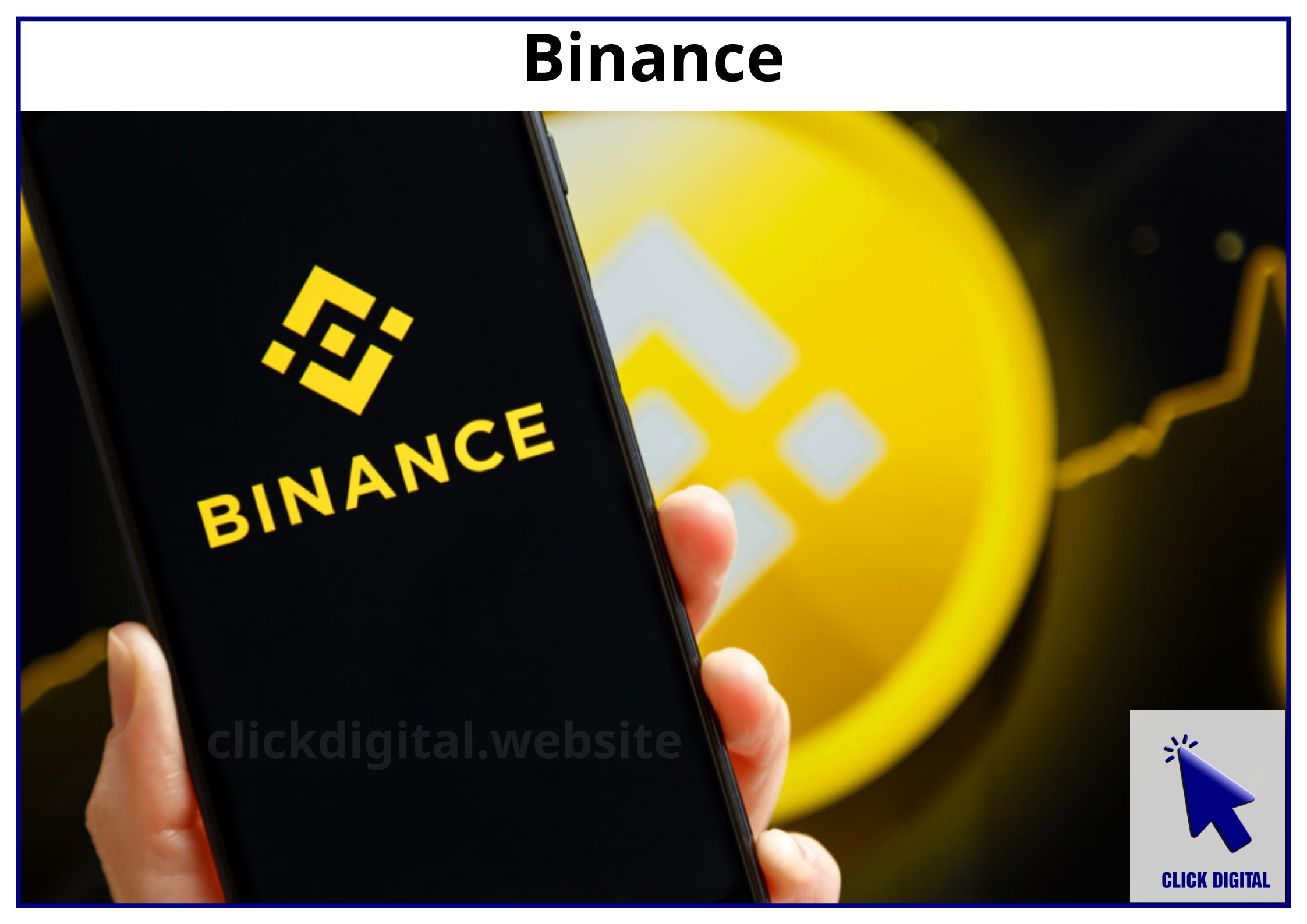Summary: Binance recently listed 3 low-cap meme projects: TURBO, BABYDOGE, and NEIRO (Ethereum), sparking controversy within the crypto community. Many believe Binance is intentionally listing low-quality projects to dump on unsuspecting investors. This article explores 4 perspectives on this issue, providing readers with a multifaceted view of Binance’s strategy.
Table of Contents
1. Is Binance Dumping?
It’s clear that if Binance wanted to maximize profits from dumping, listing billion-dollar coins would be more efficient than listing projects worth a few tens of millions. Binance currently lists over 500 coins/tokens. Would earning a few tens of millions from a small coin be a truly effective strategy for them?
Remember 2019, when many large projects with hundreds of developers had market caps under $20 million, like SOLANA and BAND. They achieved x100 growth precisely because of their low market caps.
While listing high-cap coins might enable Binance to “dump” on investors, it is choosing to list smaller-cap projects instead. This approach could encourage more investors to participate in buying and selling.
2. So Why is Binance Listing Low-Cap Coins?
By listing low-cap coins, Binance is encouraging more trading activity, a key objective for any exchange. This has led to significant hype and FOMO following the listing of these three memecoins. NEIRO, with its x15-x20 price increase, is a clear example of Binance’s cheap marketing strategy.
However, listing low-cap projects also comes with risks. One of the biggest is low liquidity. With low trading volume, coin prices are susceptible to manipulation, leading to price volatility and losses for investors.
Binance must also ensure that the listed projects undergo thorough vetting of their tokens, teams, and founders to mitigate potential risks.
3. Why Are We Blaming Binance?
Crypto is a market overflowing with temptations, where human nature is easily exposed. When money is on the line, the ugly truth comes to light.
If you dislike a project, simply ignore it! This is the best way to boycott dirty media. The more attention you give it, the more successful the perpetrators become.
We won’t invest in NEIRO, BABYDOGE, etc., and we don’t recommend you do either. These projects are currently overhyped. However, you can still research and invest in other potential memecoins.
4. Binance Will List More Memecoins: Be Prepared!
Binance will surely list more memes in the future. Take the time to research and find promising projects instead of just arguing about NEIRO.
According to Click Digital, potential projects that Binance might choose will have the following characteristics:
| Feature | Description |
| Top of each ecosystem | Focus on hot ecosystems like Sui, Solana, Base, and BSC. |
| 100% unlocked for the community | No further unlocks, and no allocation for the team. |
| Smart contract cannot mint additional tokens | Check the token security section on dexscreener; the Mintable field should be “No.” |
Most of the large-cap memes have already been listed by Binance. Now is the time for projects with medium and small market caps, which are more likely to pump when there is an influx of capital.
Final Thoughts
Binance’s listing of low-cap meme projects has sparked heated debate within the crypto community. While it could be a marketing strategy to generate hype and FOMO, it also presents risks, particularly concerning liquidity and price manipulation. Investors should exercise caution and make investment decisions based on thorough analysis rather than hype and promises of high returns.
This article represents the personal opinions of Click Digital. We haven’t invested much in memes for a while, and our strategy still focuses on projects with strong and large communities.
Note: This article is for informational purposes only and should not be considered investment advice. All investment decisions are at your own risk.

